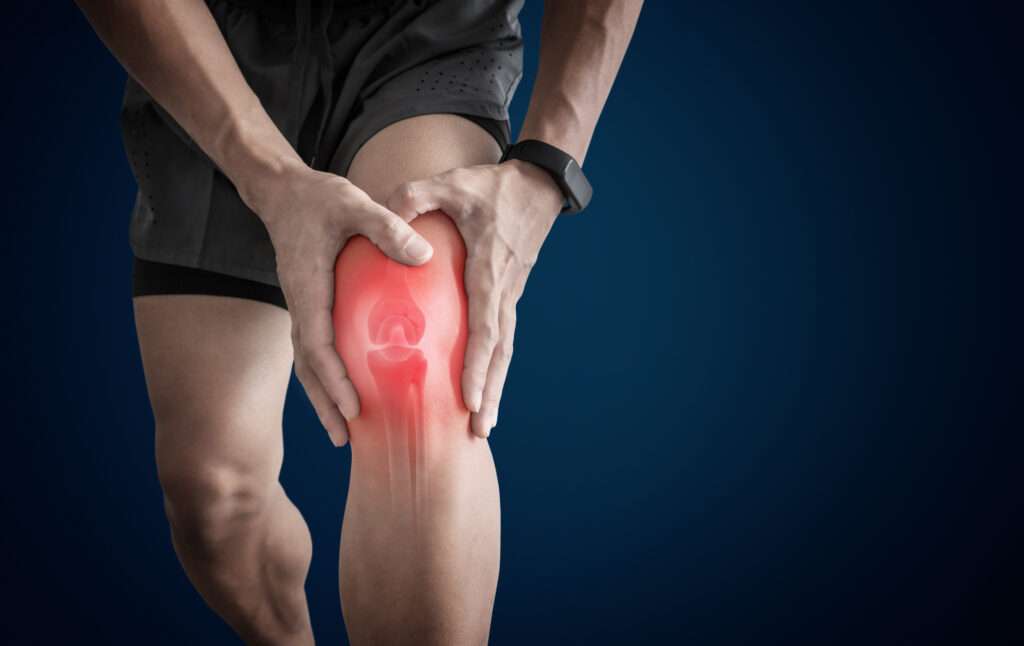
Osteoarthritis (OA) is the most common form of arthritis. Some people call it degenerative joint disease or “wear and tear” arthritis. It occurs most frequently in the Knees, Hips, Hands, Shoulders and Spine.
What happens to the joints in OA ?
With OA, the cartilage within a joint begins to break down and the underlying bone begins to change. These changes usually develop slowly and get worse over time. OA can cause pain, stiffness, and swelling. In some cases it also causes reduced function and disability; some people are no longer able to do daily tasks or work.
What causes OA?
OA is an age-related degenerative condition caused by damage or breakdown of joint cartilage between bones.
What are the risk factors for OA?
• Joint injury or overuse – Injury or overuse, such as knee bending and repetitive stress on a joint, can damage a joint and increase the risk of OA in that joint.
• Age – The risk of developing OA increases with age.
• Gender – Women are more likely to develop OA than men, especially after age 50.
• Obesity – Extra weight puts more stress on joints, particularly weight-bearing joints like the hips and knees. This stress increases the risk of OA in that joint. Obesity may also have metabolic effects that increase the risk of OA.
• Genetics – People who have family members with OA are more likely to develop OA. People who have hand OA are more likely to develop knee OA.
• Race – Some Asian populations have a lower risk for OA.
How is OA diagnosed?
A doctor diagnoses OA through a review of symptoms, physical examination, X-rays, MRI scans and lab tests.
How is OA treated?
• Increasing physical activity
• Physical therapy with muscle-strengthening exercises
• Weight loss
• Medications, including over-the-counter pain relievers and prescription drugs
• Supportive devices such as crutches or canes
• Orthobiologic Injections like Goldic®, Platelet Rich Plasma, Chondrofillers
• Surgery (if other treatment options have not been effective)
Physical Activity for Arthritis
Some people are concerned that physical activity will make their arthritis worse, but joint-friendly physical activity can actually improve arthritis pain, function, and quality of life. It is best to consult an Orthopaedic Surgeon and a Physiotherapist before starting physical activities and exercises.
What is the latest advancement in treating Osteoarthritis?
Orthobiologic Injections in the joint like Goldic®, Platelet Rich Plasma, and Chondrofillers are the latest cutting edge in the treatment of Osteoarthritis. They help by healing the Osteoarthritic joint thereby reducing pain, swelling and inflammation and in many patients can help avoid surgeries like Knee Replacement, Hip Replacement or Spine Surgery.